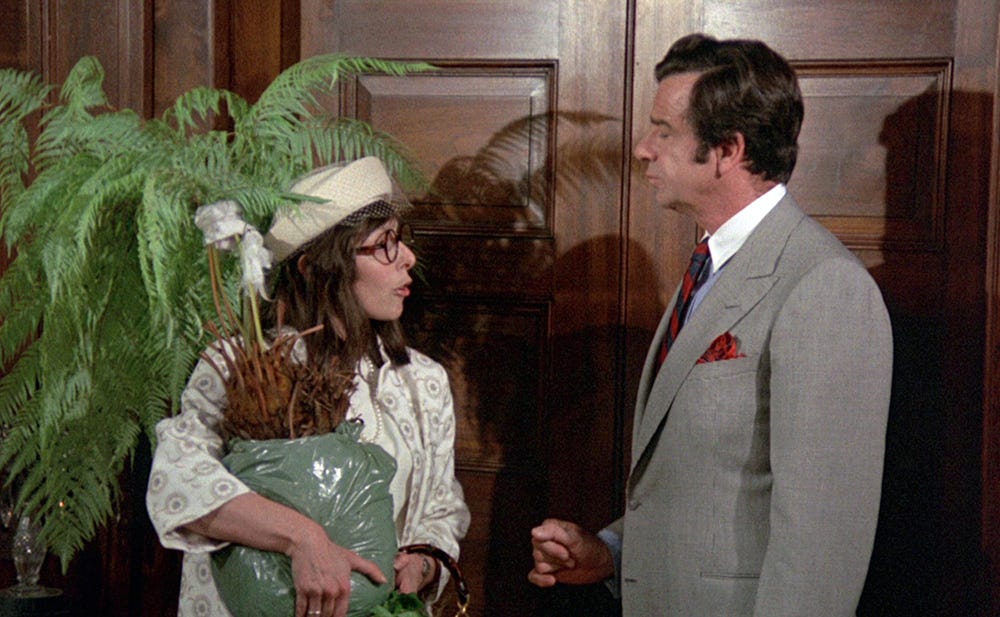To say I have a nostalgia for an author feels a little goofy, but I strongly associate Tessa Dare with my earliest days of reading romance, while I was still in law school, my second year made virtual by COVID isolation. Her books felt incredibly accessible because …
Keep reading with a 7-day free trial
Subscribe to restorative romance to keep reading this post and get 7 days of free access to the full post archives.




